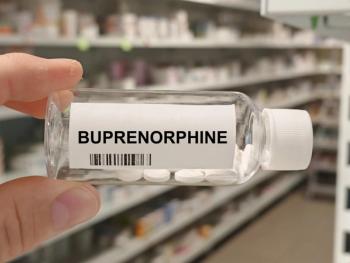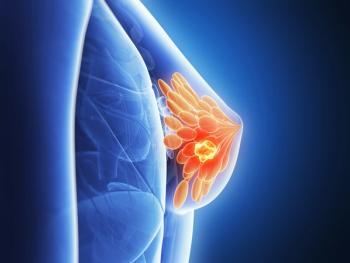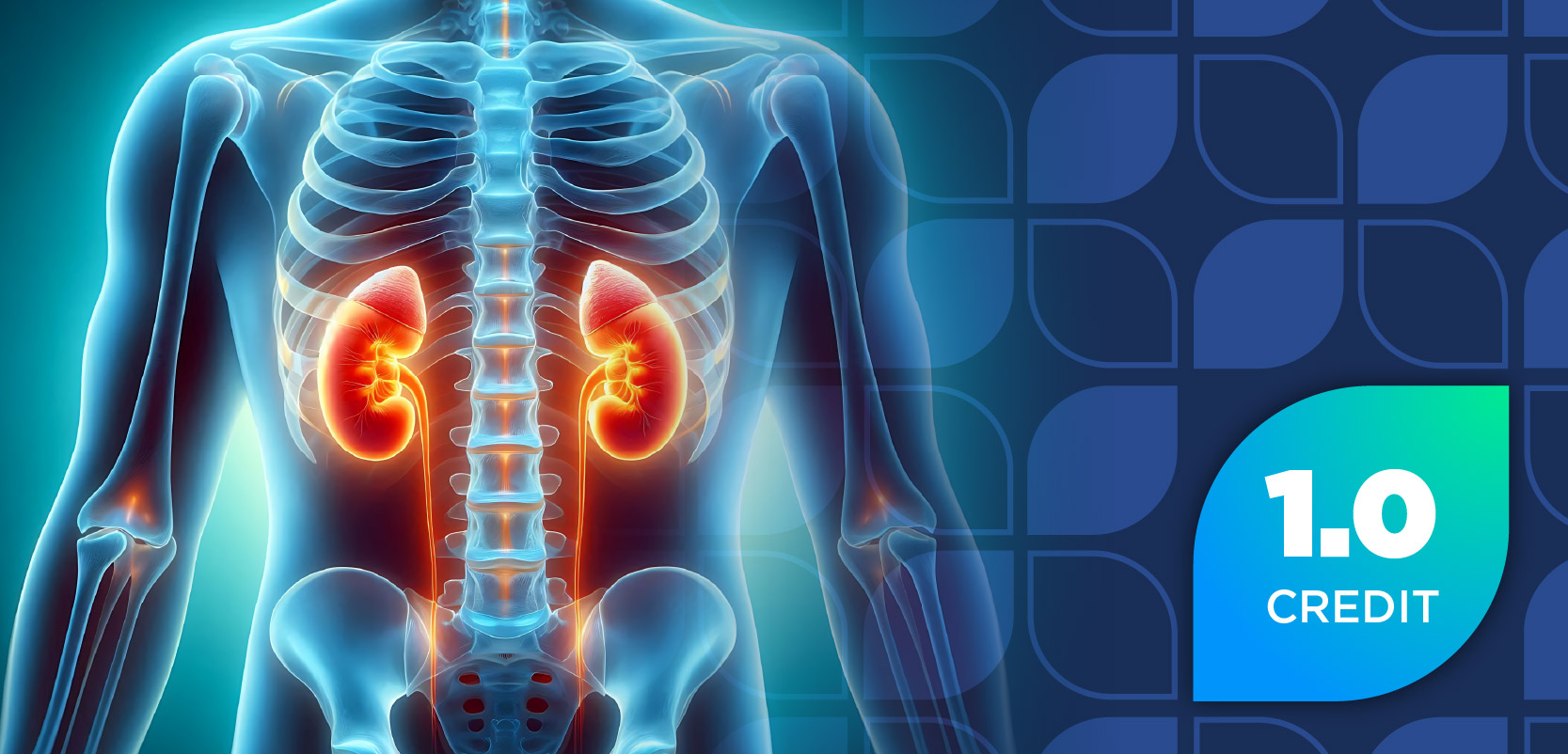
Trastuzumab Deruxtecan Yields Promising Intracranial Activity in Patients With HER2+/HER2-Low Breast Cancer and Brain Metastases
Key Takeaways
- Trastuzumab deruxtecan shows promising intracranial activity in HER2-positive/low metastatic breast cancer with active brain metastases.
- The study reports an intracranial overall response rate of 65.5% in HER2+ and 66.7% in HER2-low cohorts.
Trastuzumab deruxtecan shows promising efficacy in treating HER2-positive metastatic breast cancer with brain metastases, offering hope for challenging cases.
A retrospective multicenter real-world study shows that trastuzumab deruxtecan (T-DXd, Enhertu; Daiichi Sankyo and AstraZeneca) shows promising intracranial activity in patients with HER2-positive (HER2+)/HER2-low metastatic breast cancer (mBC) with active brain metastases (BM), aligning with previous clinical trial data. The results, published in Breast Cancer Research, further support the efficacy of T-DXd, particularly in a patient population typically excluded from clinical trials.
HER2 mutations occur in approximately 20% of all breast cancer cases and are marked by aggressive, challenging disease. Patients with HER2 mutations are at higher risk and more likely to develop BMs, greatly impairing their survival and quality of life. Treatment of HER2-mutated cancer is improving, but barriers to optimal treatment persist in patients with advanced, metastatic disease.
“Given the aggressive nature and poor prognosis of BMs, additional options for this challenging patient population are urgent, especially for late lines of treatment,” the authors wrote.
T-DXd is an antibody drug conjugate composed of a humanized monoclonal anti-HER2 antibody that has high membrane permeability, leading to the theory that T-DXd could cross the blood-brain barrier to target BMs. In emerging prospective trials, T-DXd shows significant intracranial activity, but real-world evidence regarding safety and efficacy is limited.
In a real-world study, investigators enrolled a total of 38 patients with HER2+/HER2-low mBC and active BMs who received at least 1 cycle of T-DXd at a dosage of 5.4 mg/kg 3 times a week across 3 hospitals in China between June 2022 and May 2024. Of the population, 29 patients had HER2+ mBC and 9 had HER2-low mBC. Excluding endocrine therapy, there was a median number of prior lines of therapy of 2.
The primary end point of the study was best intracranial overall response rate (iORR), with secondary end points including the intracranial and overall progression-free survival (iPFS; PFS), overall survival (OS), and safety.
Among patients with HER2+ mBC, 1 patient (11.1%) achieved a complete intracranial response, and 18 patients (62.1%) experienced a partial intracranial response, resulting in an iORR of 65.5%. In the HER2-low cohort, the iORR was 66.7%.
At a median follow-up of 10.3 months (range, 1.53–24.4), the median iPFS and OS had not yet been reached for either the HER2+ or HER2-low groups. The 12-month iPFS rate was 79.8% (95% CI: 65.2–97.7%) for patients with HER2+ mBC and 51.9% (95% CI: 26.7–100.0%) for patients with HER2-low mBC.
In the HER2+ cohort, the median PFS was 12.8 months (95% CI: 10.2–not reached), and the 12-month OS rate was 86.5% (95% CI: 69.4–100.0%). In comparison, the HER2-low cohort had a median PFS of 6.33 months (95% CI: 3.93–not reached) and a 12-month OS rate of 85.7% (95% CI: 63.3–100.0%).
The most common adverse events were moderate in severity, and no new safety signals were identified.
“These results highlight T-DXd as a potential treatment for this challenging patient population,” the authors concluded. “Further long-term monitoring and a larger cohort are necessary to confirm and expand upon these findings.”
REFERENCES
1. Duan F, Hua X, Lu W, et al. Trastuzumab deruxtecan in patients with active brain metastases from HER2-positive/low metastatic breast cancer: a retrospective multicenter real-world study. Breast Cancer Res. July 21, 2025. Doi:10.1186/s13058-025-02088-5
2. HER2 positive breast cancer risk factors. Moffitt Cancer Center. Accessed July 24, 2025. https://www.moffitt.org/cancers/her2-positive-breast-cancer/diagnosis/risk-factors/#:~:text=Additionally%2C%20HER2%20positive%20cancer%20%E2%80%93%20which,age%20and%20other%20risk%20factors
Newsletter
Stay informed on drug updates, treatment guidelines, and pharmacy practice trends—subscribe to Pharmacy Times for weekly clinical insights.


















































































































































































































